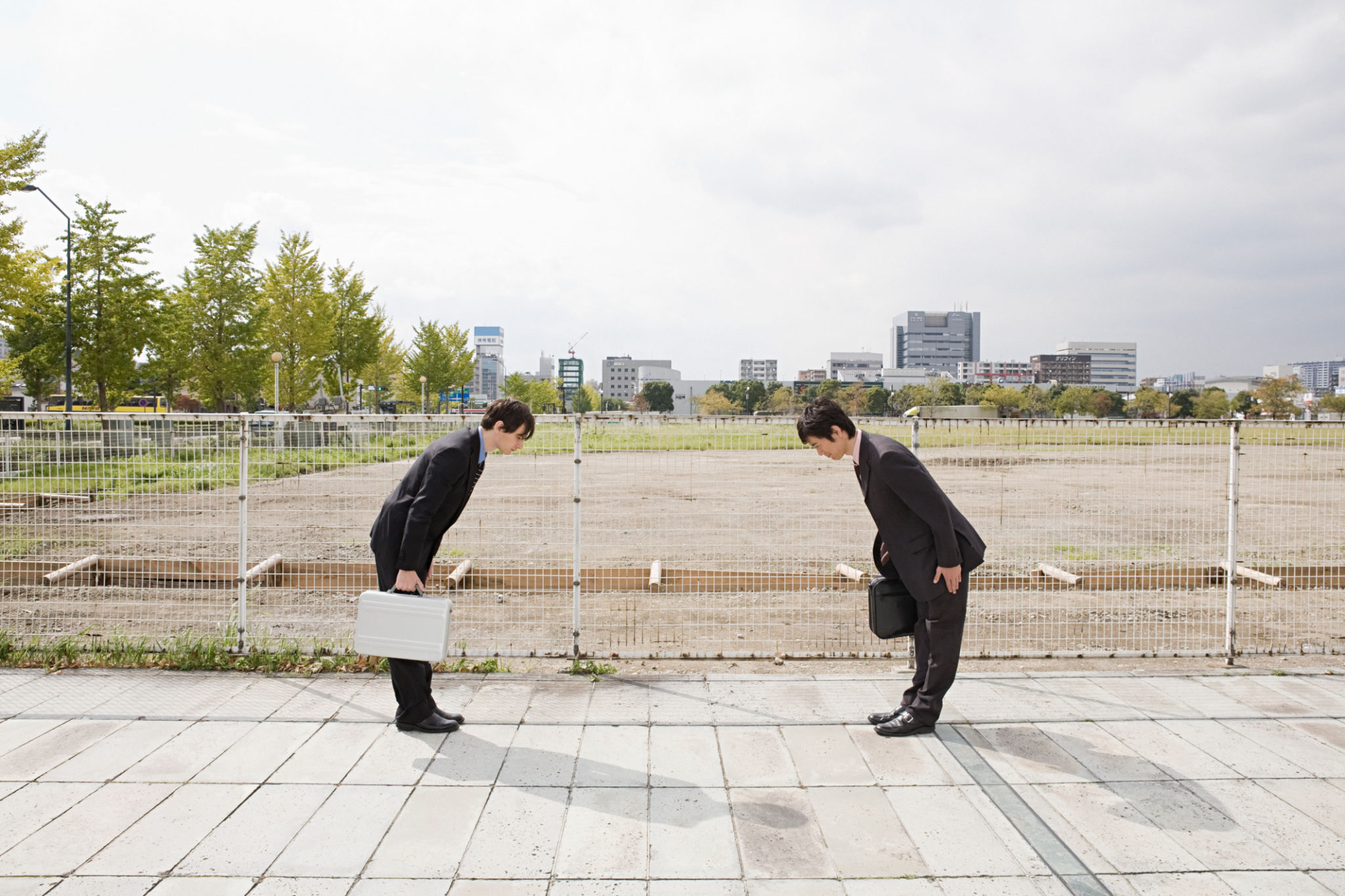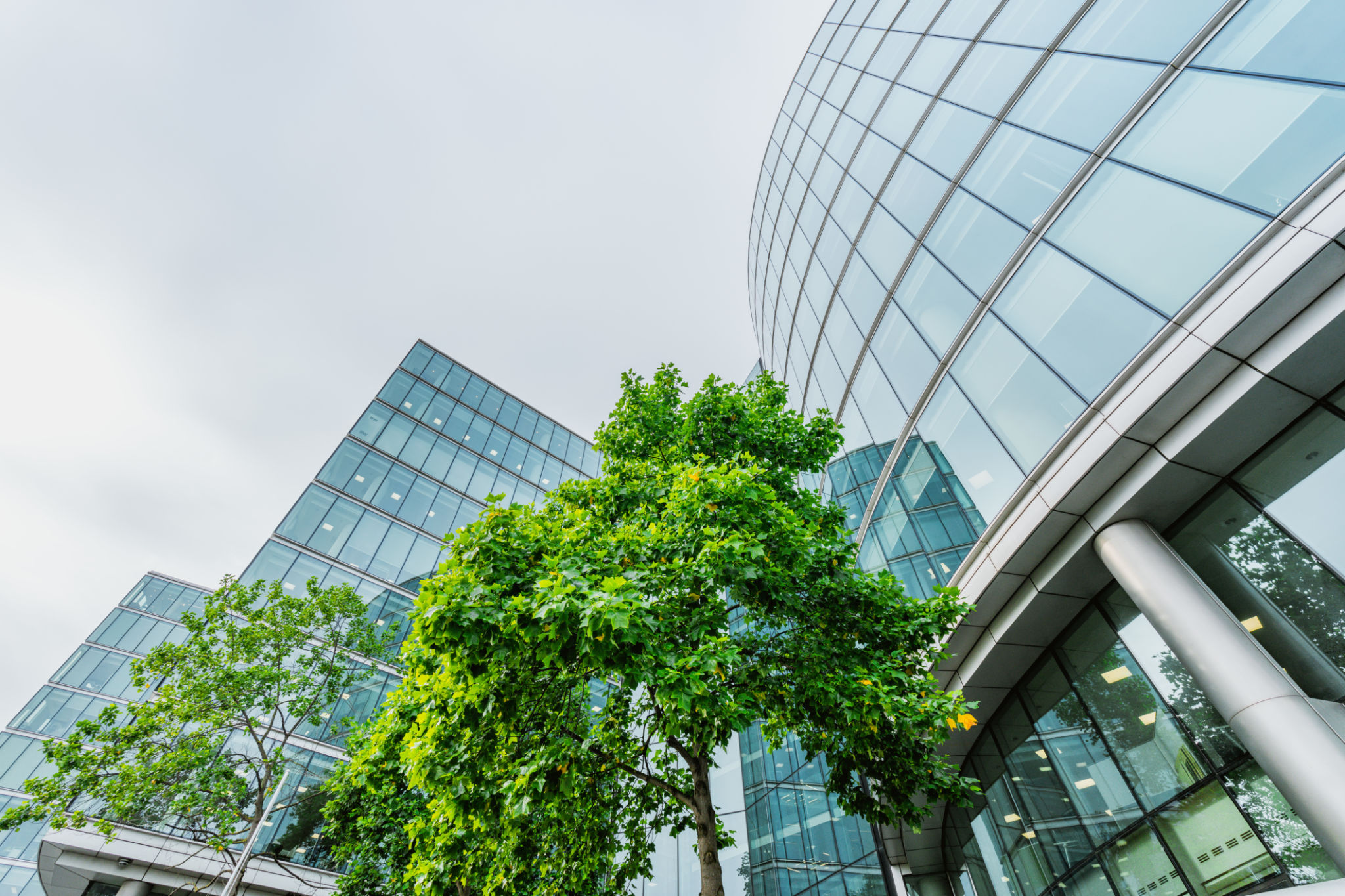5 Common Myths About Commercial Construction Debunked
Understanding Commercial Construction
Commercial construction is a complex field with many moving parts, and it's not uncommon for misconceptions to arise. Whether you’re a business owner planning a new office building or simply interested in the industry, it's essential to separate fact from fiction. Here, we’ll debunk five common myths about commercial construction to provide a clearer picture of what this sector truly entails.

Myth 1: Commercial Construction Is Only About Building Structures
Many people believe that commercial construction is solely about erecting buildings. However, this is only part of the story. While constructing the physical structure is a significant component, commercial construction also involves extensive planning, regulatory compliance, and project management. It requires collaboration among architects, engineers, contractors, and various specialists to ensure that the project meets both aesthetic and functional requirements.
Project management plays a crucial role in coordinating these efforts, ensuring timelines are met, budgets are adhered to, and quality standards are maintained. The process begins long before groundbreaking and continues well after the ribbon-cutting ceremony.
Myth 2: It's Always Over Budget and Behind Schedule
A common perception is that commercial construction projects are always over budget and behind schedule. While challenges can arise, skilled project managers use meticulous planning and risk management strategies to keep projects on track. The idea that all projects inevitably run into financial or temporal hurdles is an exaggeration.

Advancements in technology, such as Building Information Modeling (BIM) and project management software, have significantly improved efficiency and accuracy in commercial construction. These tools help in anticipating potential issues, allowing teams to develop solutions before they become costly problems.
Myth 3: Commercial Construction Is Harmful to the Environment
While construction activities can impact the environment, the industry has made substantial strides in adopting sustainable practices. Green building techniques, such as using eco-friendly materials and energy-efficient systems, are becoming standard in many projects. The goal is to reduce carbon footprints and promote sustainability.
Moreover, certifications like LEED (Leadership in Energy and Environmental Design) are encouraging builders to implement environmentally responsible practices. These initiatives not only benefit the planet but also enhance the building’s marketability and operational cost-effectiveness.

Myth 4: All Contractors Are the Same
Another misconception is that all contractors offer the same level of service and expertise. In reality, contractors can vary significantly in their specializations, experience, and quality of work. Selecting the right contractor is crucial for the success of a commercial construction project.
It’s important to vet potential contractors thoroughly by checking their credentials, past projects, and client reviews. A reputable contractor will have a proven track record and will be transparent about costs, timelines, and any potential challenges.
Myth 5: Commercial Construction Is Only for Large Corporations
Many assume that commercial construction is only applicable to large corporations with significant capital. However, businesses of all sizes can benefit from commercial construction services. Whether it’s a small retail store or a mid-sized office space, tailored solutions are available to meet diverse needs and budgets.

In fact, smaller projects can often be more flexible and innovative due to fewer bureaucratic hurdles compared to larger enterprises. This flexibility allows small businesses to create unique spaces that reflect their brand identity and enhance customer experience.
Final Thoughts
Debunking these myths helps us appreciate the complexities and opportunities within commercial construction. As the industry continues to evolve with new technologies and sustainable practices, it’s clear that commercial construction is far more dynamic than it’s often perceived. Understanding these nuances is essential for anyone looking to engage with this sector effectively.
